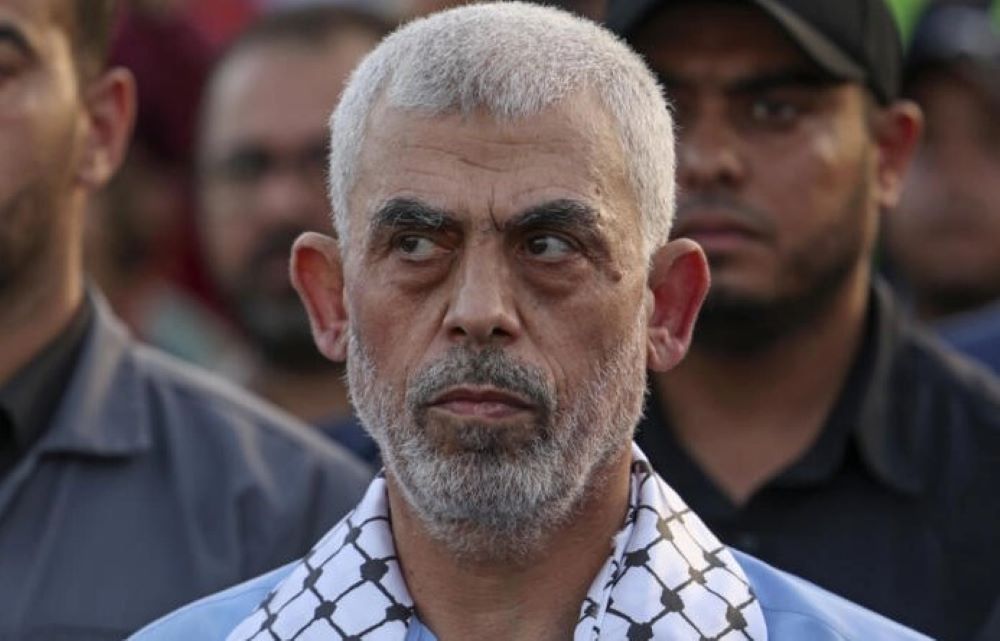Israel’s Latest Response To Hamas Attack
Israel pledged to demolish Hamas’s infrastructure in Gaza, end its 16-year rule, and ensure the release of the hostages in the wake of the terrorist group’s catastrophic October 7th attack in southern Israel, which claimed the lives of about 1,200 people and took 240 prisoners. The IDF began an aerial campaign and a military invasion to accomplish these objectives.
Although Israel is pursuing its military goals against the terror group that receives support from Iran, it will be a grave error to undermine its sources of income.
Hamas’s Financial Network
Jessica Davis, the president of the Canadian organization Insight Threat Intelligence, stated that Hamas has a solid financial foundation. She explained that the group had established assets and revenue streams in numerous nations, which still function without experiencing disruptions.
Jessica added that this strong finance chain has existed for at least a decade. According to her, these sources include small-scale businesses and real estate investors in nations like Sudan, Algeria, and Turkey.
She also claimed that the US and Israel allegedly knew about Hamas’s enormous financial empire since at least 2018. But they did nothing about it.
Hamas Leverages Small Businesses
Multiple reports claim that Hamas had amassed approximately $500 million in cash through various global endeavors. These include Sudanese businesses engaged in mining, poultry farming, and the construction of roads; two skyscrapers that Hamas owned in the United Arab Emirates; and other real estate-related businesses in Algeria and Turkey.
The report concluded that the money was essential to Hamas’s preparations for the assaults that took place on October 7th, in addition to its unofficial donors. According to Yitzhak Gal, an Israeli expert on the Palestinian economy, Hamas has become very good at developing and running a very diverse system of money changers.
Gal explained that the exchanges flow through Turkey, the United Arab Emirates, the United States of America, and Europe. During the period beginning on October 7th, the number of donors has not necessarily reduced.
Iran’s Support For Hamas
Nevertheless, Hamas has garnered sympathy from some elements of the global populace despite its atrocities, according to Lucas Webber, co-founder of a popular news magazine.
Webber opined that Tehran has been the primary patron of the group for a considerable time. Estimates peg Iran’s annual contribution at between $70 million and $100 million.
These estimates are based on various payment methods such as cryptocurrencies, cash-filled suitcases, international bank transfers, and the “hawala” system. For Hamas, the boundary between money intended for the territory’s 2.3 million people and funds designed for the group’s finances has become increasingly blurry since the organization’s victory in the election held in 2006 and its subsequent seizure of power the following year, following conflicts with competitors.
Financial Aid To Gaza And Hamas
According to Gal, an expert at the Mitvim research tank, the Palestinian Authority contributes $1.1 billion to the Gaza Strip’s $2.5 billion budget. Also, UNRWA, the United Nations agency for Palestinian refugees, receives funding from various sources globally.
Some media outlets report that Qatar made payments totaling $1.49 billion between 2012 and 2021. These payments include salaries to civil personnel such as teachers and doctors and the provision of $100 per month to 100,000 low-income families in the territory.
Meanwhile, an official from Qatar has claimed that all of Qatar’s support has adequate organization with the government of the United States of America, the government of Israel, and the United Nations. Before being allowed to enter Gaza, all supplies, including food, medicine, and gasoline, are required to go via Israel first, he added.
Abdulaziz Al-Khulaifi, the principal hostage negotiator and ambassador for Qatar, stated that the Gulf emirate would continue to provide financial support to Gaza.
Future Of Gaza’s Financial Stability
Sanctions were placed by the United States government on ten “key members of Hamas” in October, with the Western world also contemplating the use of coercive measures. However, it is unlikely that it will be feasible to cut off Hamas’s funding sources completely.
According to Davis, the possibility of destroying Hamas’s finances over an extended period is not realistic. The network and the infrastructure would always be there.
She continued that if the group still has followers, it can exploit their help. Gal added that the finances of Hamas over the long term would depend on the resolution of the situation in Gaza.
He further said that when the war is over and everyday life is resumed, the question will be whether or not this entire financial system will continue to exist or undergo a change.

